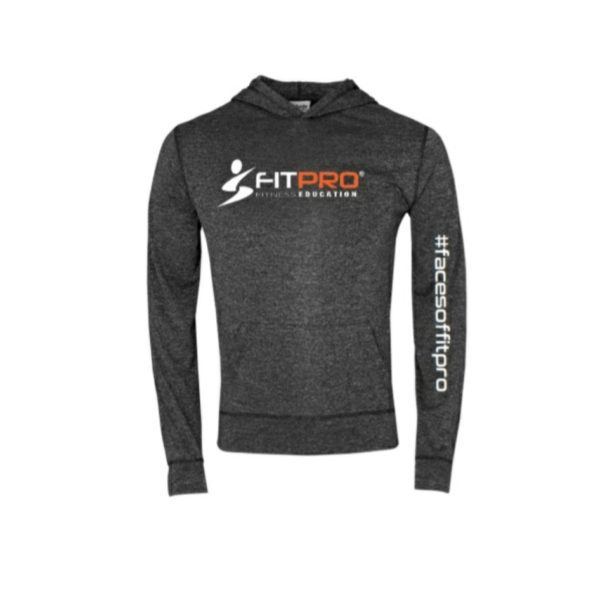Plyometrics is the term used to describe specialized, high intensity training techniques that can be used to develop athletic power and speed, and improve coordination and agility. The type of exercises typically included in a plyometric session include bounding, hopping and various jumps.
These exercises involve high intensity, explosive muscular contractions that invoke the stretch reflex- stretching the muscle before it contracts so that it contracts with a greater force. This is called the stretch- shortening- cycle.
All plyometric movements involve 3 phases:
1. The pre- stretch or eccentric muscle action- here elastic energy is generated and stored. (Potential energy);
2. Amortization phase- this is the brief transition period between the end of the pre- stretch and the start of the concentric contraction. (contact time with ground < 0.15 secs);
3. The muscle contraction- a jump or throw. (Kinetic energy) The safe application of plyometrics depends on the the strength of the athlete/ phase of training as well as the overall objective of its implementation.
The National Strength and Conditioning Association (USA) still recommends that the strength level for the hips and legs be based on the ability to squat 1,5 -2,5x the athletes body weight.
The upper body levels should be based on the ability to do five continuous clapping push- ups- larger athletes > 100Kg should be able to bench press their body weight; smaller athletes < 70Kg must be able to bench press 1.5x their body weight.
The Phase of training will be dependent on the season and the respective periodization model used in planning.
And finally, why are you doing plyometrics? Are you trying to develop speed and power?
Often ‘plyometrics’ is used in the training environment to increase intensity- these exercises are ‘explosive’ in nature but not true plyometrics. Social media is full of examples of this. Activities like these have an inherent risk of injury that can be avoided if sound prescription methodology is used.
This being said, it is a great addition to a strength training program for any individual provided that they are well conditioned and that there are no biomechanical problems such as knee injuries or back (Spinal) problems.




